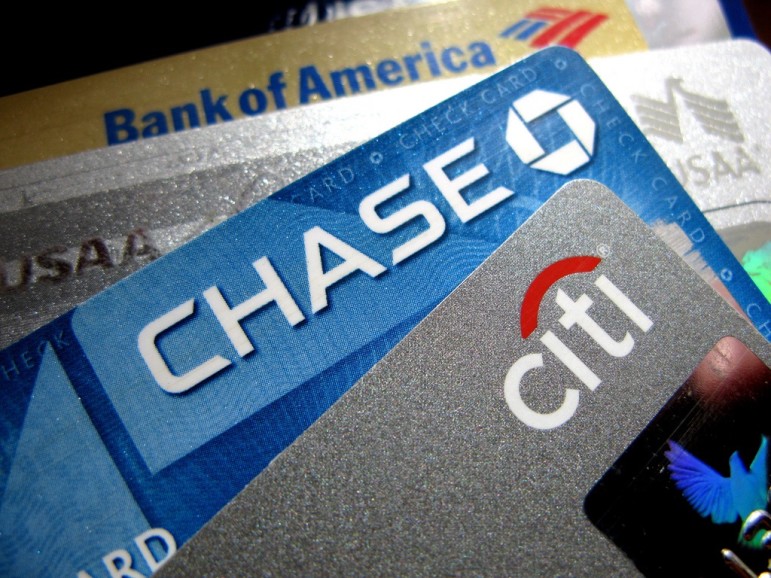
October 27, 2015; American Banker
At the launch of his campaign, Senator Bernie Sanders called for breaking up the big banks that were responsible in large part for causing the recession and then left the American taxpayers on the hook to bail them out. He continued on that theme in his debate with Hillary Clinton and has put his name on the “Too Big to Fail, Too Big to Exist Act,” which would set a cap on the size of such banks. The bill has been endorsed by Public Citizen, US PIRG, and the Independent Community Bankers of America. At the same time, those who would otherwise be on his side when it comes to big banks have trashed it as not realistic or pragmatic.
A pointed critique of the Sanders break-up strategy by Michael Grunwald in Politico argued in part that the U.S. banking system is “much less concentrated at the top” than the banking systems of Asia and Europe, that the problem in the banking crisis was not overlarge but overleveraged banks, and that “unilaterally enforcing size limits on domestic banks would put the U.S. at a real competitive disadvantage in financial services.”
While one can fruitfully debate the contributions and risks to the economy from megabanks, there is one thing that Sanders might have missed in his call to cap the size of the big banks. According to Mayra Rodríguez Valladares in American Banker, Sanders may have underestimated just how big the megabanks have gotten since the bank bailout.
Sign up for our free newsletters
Subscribe to NPQ's newsletters to have our top stories delivered directly to your inbox.
By signing up, you agree to our privacy policy and terms of use, and to receive messages from NPQ and our partners.
Using public data, Rodríguez Valladares says that since 2007, Citibank has grown six percent, Bank of America 22 percent, JPMorgan Chase 49 percent, and Wells Fargo a whopping 230 percent, though the latter bank’s massive growth is in part due to its acquisition of Wachovia. She contends, however, that through various accounting mechanisms, the truth is that the “banks are even bigger than Bernie Sanders may realize.” If the calculations are based on international accounting standards instead of U.S. accounting standards, the latter allowing for the exclusion of various derivatives from their books and the valuation of derivatives on a lower “net” basis, the calculations change. Applying the international standards would double JPMorgan’s asset value to $4 trillion, vaulting it from seventh to the top of the list of the largest bank in the world.
With the amount of Wall Street money flowing into the political campaigns of both parties, it is unlikely that the Sanders proposal will be enacted. However, those bank growth numbers, even under U.S. GAAP standards, point out the continuing inequities of growth in the economic system. Compare the banks with the growth of the U.S. nonprofit sector. Based on data from the Urban Institute’s Nonprofit Sector in Brief, the inflation-adjusted revenues of all public charities grew 6.6 percent between 2007 and 2012 and their assets by 5.8 percent. Notably, public charities devoted to “public and social benefit” and to “international and foreign affairs” saw both their revenues and their assets decline during that period. For all FDIC-insured commercial banks, their pre-tax net income grew from $142.7 billion in 2007 to $174.5 billion in 2012, and their assets grew from $11.2 trillion in 2007 to $13.4 trillion in 2012. In inflation adjusted terms, the commercial banks grew from $158.01 billion to $174.5 billion in pre-tax net income (an increase of 10.4 percent) and from $12.4 trillion to $13.4 trillion in assets (an increase of 8.1 percent) between 2007 and 2012—and unlike the nonprofit sector, the number of commercial banks declined significantly during that period, from 7,284 to 6,097.
Is it fair to compare the massive growth of the financial sector since the Great Recession with the much lower growth of public charities during the same time frame? There are complexities to be sure, but “too big to fail” doesn’t in any way describe most U.S. charities or the condition of the nonprofit sector overall. Whether or not Sanders succeeds in his quest to break up the banking behemoths, it might be time for nonprofit activists to ask the presidential aspirants—in a nonpartisan way, mind you—what they will do to boost the revenues, assets, and influence of nonprofits to compete with the massive growth of Wall Street power.—Rick Cohen











